Tuscan Valtiberina, what to see: 10 places not to be missed
Along the Tiber River, guarded by the peaks of theTuscan Apennines, lies the Valtiberina, a splendid area straddling Tuscany and Umbria, characterized by its natural beauty, its rolling hills that then give way to mountains, dense forests and verdant landscapes, and a very rich cultural history that has seen some of the greatest artists in the history of art pass through here. Villages with thousands of years of history, masterpieces of art, untouched natural landscapes, forests, vineyards, olive groves. The Tuscan part of the Valtiberina, all located within the province of Arezzo, offers an extraordinary variety of landscapes and activities, and the surely most interesting aspect of this area consists in the fact that it is still little known to mass tourism, so a stay here can only be peaceful and authentic. The Tuscan Valtiberina is therefore a fascinating place that offers a combination of natural beauty, history, art and culinary traditions, capable of attracting both those seeking relaxation and tranquility and those interested in exploring the rich culture and history of Tuscany. What are the places to see during a stay in the Tuscan part of Valtiberina? We list them for you below, here are ten must-see stops!
1. Sansepolcro
Sansepolcro is the largest town in the Valtiberina and is a destination that attracts visitors eager to discover above all the art and culture of this part of Tuscany. In fact, Sansepolcro is famous for being the birthplace of Piero della Francesca: the Museo Civico houses an extraordinary collection of works of art, including some of Piero della Francesca’s masterpieces, namely the Polyptych of Mercy, the Resurrection, the St. Ludovico , and the St. Julian. The Museo Civico then houses masterpieces by Pontormo, Santi di Tito and other great artists. Also not to be missed are Rosso Fiorentino’s Deposition in the church of San Lorenzo and Luca Signorelli’s Stendardo della Crocifissione in the church of Sant’Antonio Abate. But it is the historic center of Sansepolcro itself that is very charming: along with Pieve Santo Stefano, it is the only flat village in the Tuscan Valtiberina and welcomes visitors with its airy squares, wide streets, and medieval and Renaissance buildings. Sansepolcro then offers a delicious dining experience with its restaurants and trattorias serving traditional Tuscan dishes.
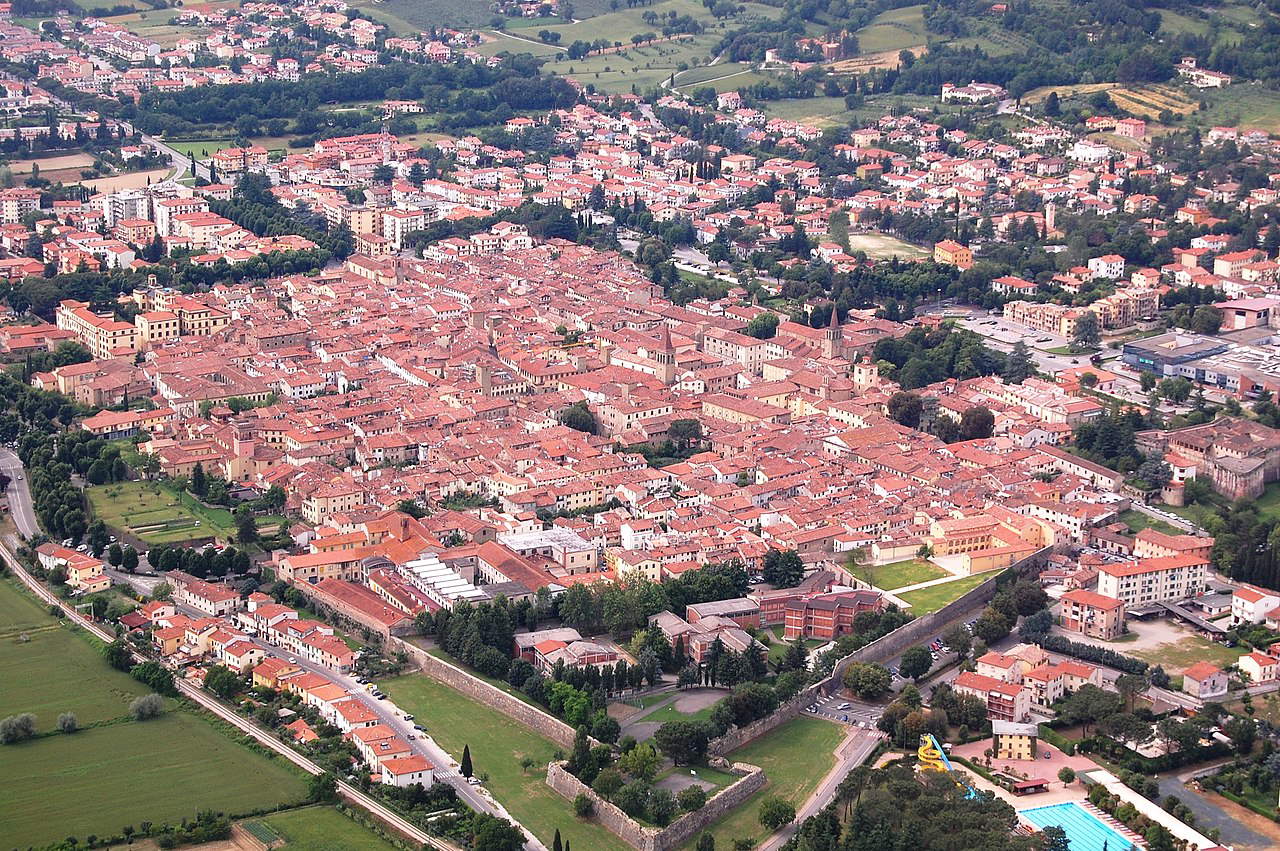
2. Anghiari
Anghiari is a charming medieval town that has kept its ancient appearance intact and is therefore perhaps the most authentic and evocative of the towns in the Tuscan Valtiberina. Narrow alleys, stone buildings and ancient towers accompany the visitor on walks through the historic center-it is like taking a trip back in time. The village is best known for having been the scene of the famous Battle of Anghiari in 1440, won by the Florentines over the Milanese, to which the local Museum of the Battle and Anghiari is dedicated, located in Piazza Mameli, opposite the Museum of Palazzo Taglieschi, and not far from the third town museum, the Museum of Mercy: inside, masterpieces of art, reconstructions, documents and much more concur to tell in detail the history of this wonderful town. The heart of the town is the Piazza del Popolo, surrounded by historic buildings, including the Palazzo Pretorio, a 14th-century building that can be considered somewhat of a symbol of the town. Anghiari also hosts several events throughout the year: the most famous is surely the “Tovaglia a Quadri,” held every year in the week of Ferragosto, during which the inhabitants of Anghiari gather to eat together on large tables set up in the streets of the town, sampling the delicacies cooked on site.
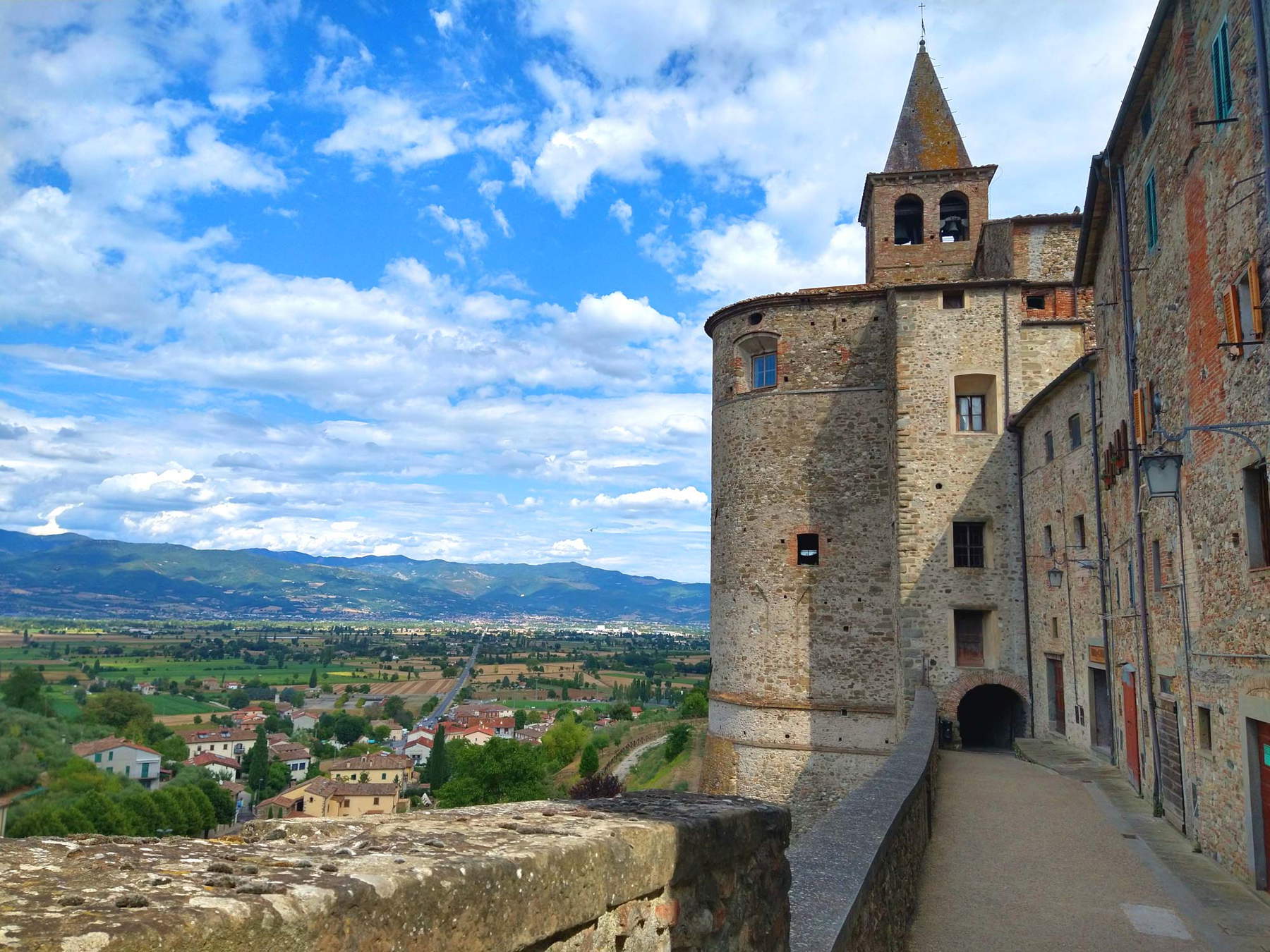
3. Monterchi
Clinging to a hill overlooking the surrounding valley is Monterchi, an enchanting village of medieval origins that is most famous for Piero della Francesca’s Madonna del Parto: in fact, the main attraction of Monterchi is the fresco painted for the church of Santa Maria a Momentana, now preserved at the Museo Civico dedicated precisely to the Madonna del Parto (however, the chapel that once housed the work still exists, detached for conservation reasons). This fresco depicting the pregnant Madonna is considered one of Piero della Francesca’s great masterpieces. Monterchi is also home to the Museum of Scales, an unusual and interesting place that displays a large collection of scales from various eras to offer a curious look at the history of measuring instruments. The village itself is a great place to get lost in the alleys and discover wonderful corners among medieval churches and stone houses.
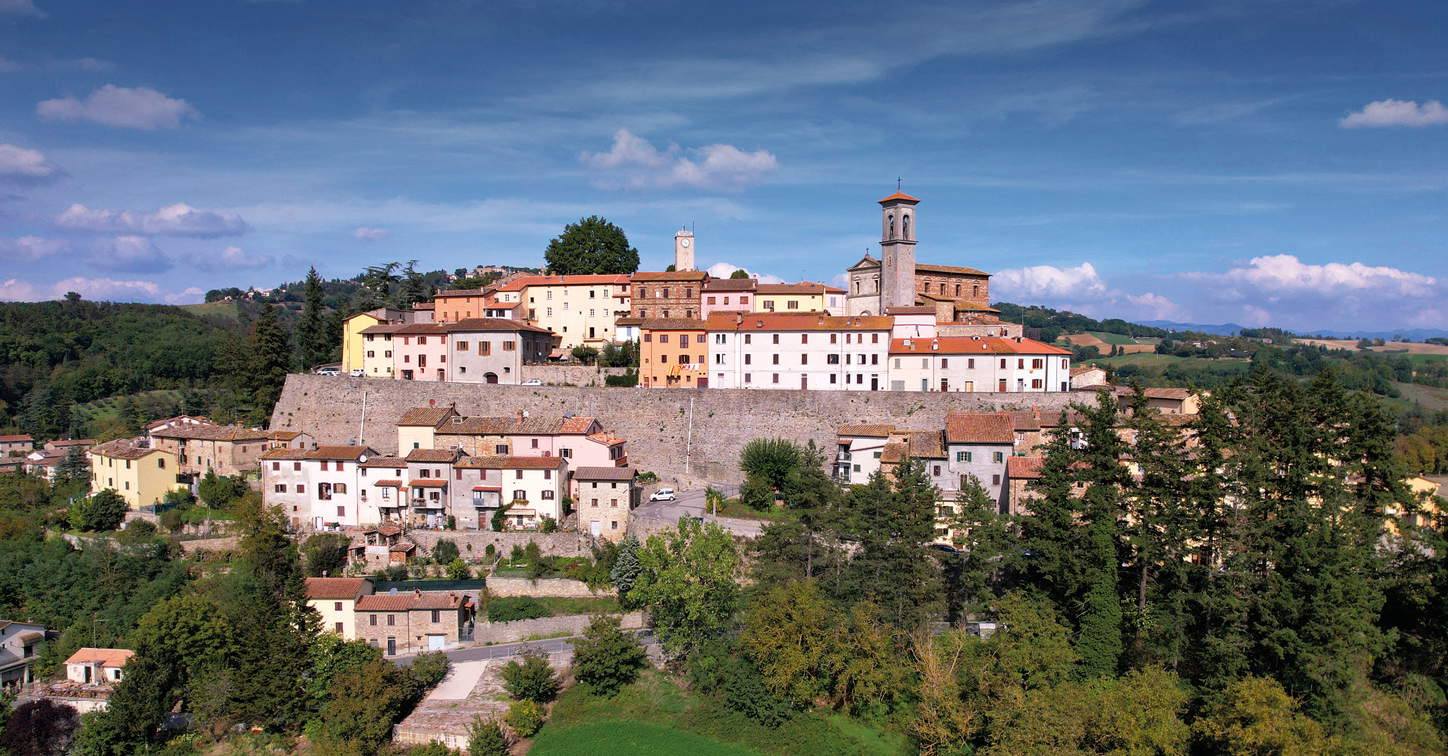
4. Pieve Santo Stefano
It is known as the “City of the Diary”: in fact, Pieve Santo Stefano, the third largest municipality in the Province of Arezzo, crossed by the Tiber River, is home to the Diary Museum, which houses an extraordinary collection of personal diaries from all over the world, donated by the authors themselves or their families. This valuable collection offers an intimate glimpse into the lives and experiences of ordinary people, representing a unique testimony to the diversity of human experiences. Unlike other towns in the Valtiberina, Pieve Santo Stefano has only partially preserved its ancient appearance: in fact, it was heavily bombed during World War II (the town was an outpost of the Gothic Line) and therefore its current appearance is the result of postwar reconstructions. The parish church that gives the town its name, the Collegiate Church of Santo Stefano, was rebuilt in neoclassical style in the early 19th century and houses important Della Robbia terracottas.
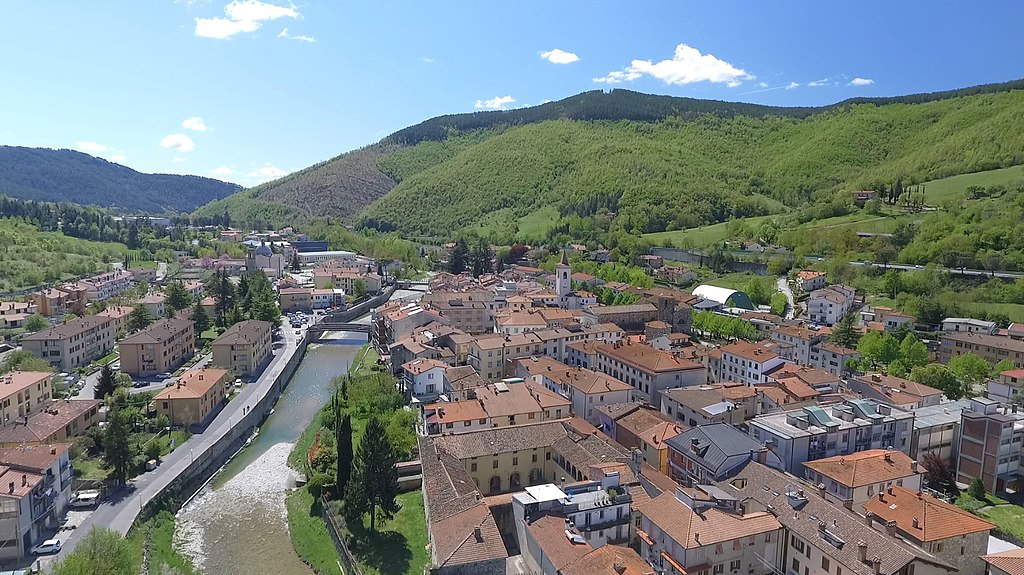
5. Caprese Michelangelo
One of the greatest human beings in history, Michelangelo Buonarroti, was born here in 1475, which is why Caprese added the name of the Renaissance genius to its place name. Caprese Michelangelo is a picturesque village nestled around its castle, where Michelangelo was born on March 6, 1475. The artist’s birthplace (actually a complex of buildings in the upper part of the village, including the Palazzo del Podestà, where the artist was born: in the room where he was born today is a curious Madonna with Saints by Giuliano Amidei linked to Michelangelo) is a must-see stop. Also worth seeing is the small church of San Giovanni Battista, outside the city walls, which is characteristic because it is all in stone and because of its gabled bell tower incorporated into the facade (it is also the church where Michelangelo was baptized). Also nearby are the church of San Cristoforo a Monna, a very old building dating back to the 11th century, although renovated in the 19th century, and the abbey of San Martino a Tifi, which retains its Romanesque appearance.
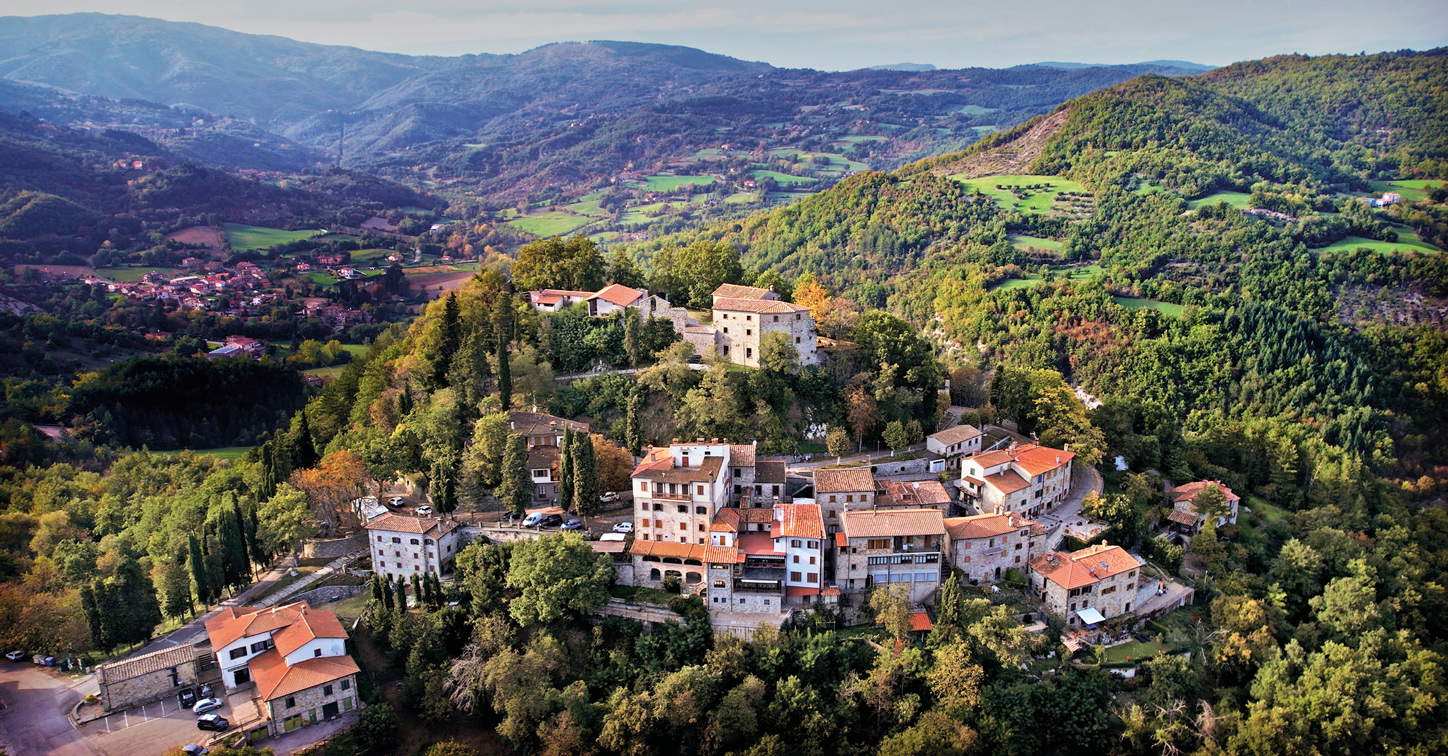
6. Badia Tedalda
Gateway to the Alpe della Luna reserve, Badia Tedalda is located, along with Sestino, in the most mountainous part of the Valtiberina. It is the least inhabited of the municipalities of the Tuscan Valtiberina. Its surroundings are characterized by an unspoiled hilly landscape, and the village’s location makes it an ideal starting point for outdoor activities: nature lovers can therefore enjoy hiking or biking through the paths that wind through the hills of the Valtiberina. Its historic center retains the traditional architecture of Tuscan towns, with cobblestone streets and stone buildings, while the village’s name comes from the Benedictine abbey that was founded here by the Tedaldi family. Worth seeing in the village is the Museo dell’Alta Valmarecchia Toscana, which tells the story and traditions of this portion of Tuscany on the border with Romagna, and especially the church of San Michele Arcangelo, which houses three spectacular glazed terracotta altarpieces executed by Benedetto and Santi Buglioni in the early 16th century.
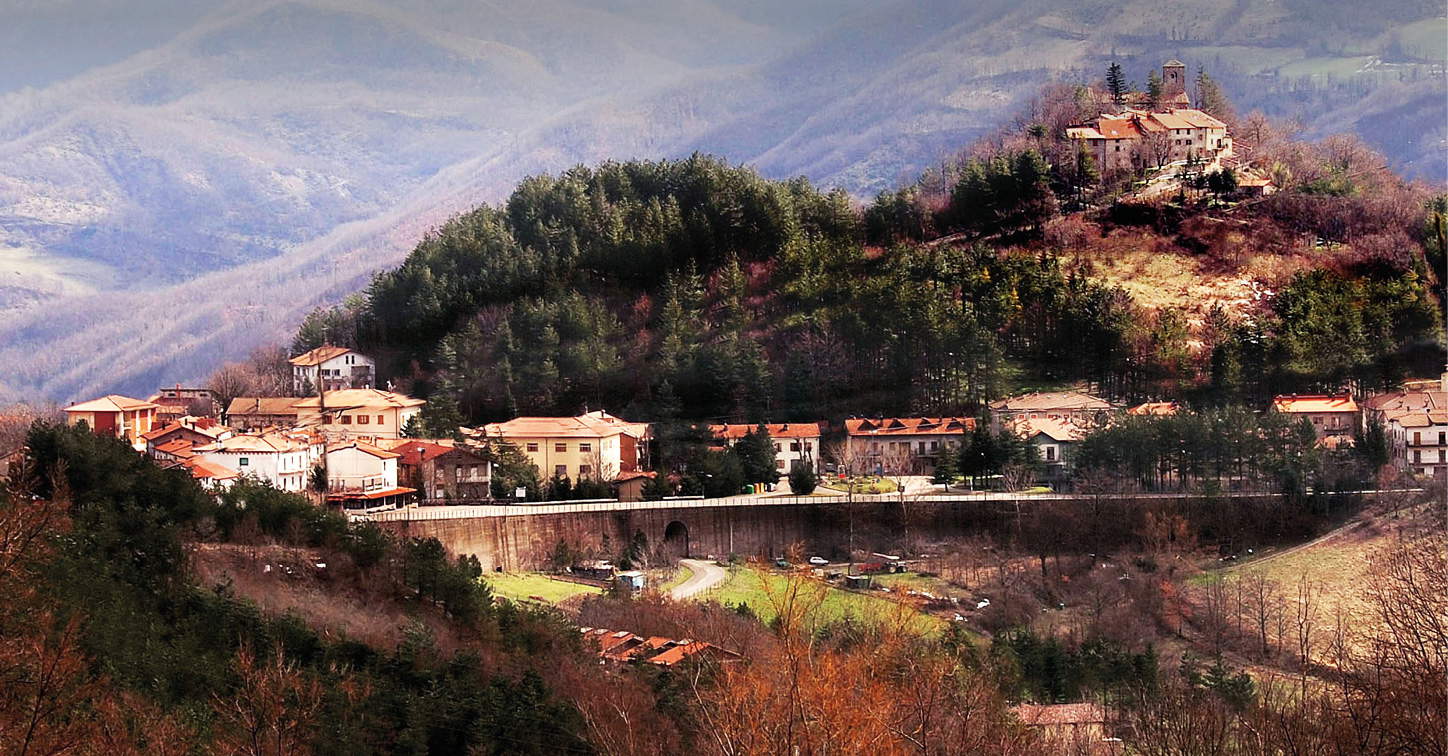
7. Sestino
This is the easternmost town not only of the Valtiberina, but of all of Tuscany. Sestino belonged to the Malatesta family for a long time and only from 1520 did its history become linked to that of Tuscany. A medieval village, in ancient times it was a Tuscan outpost against the expansionist aims of neighboring states such as the Duchy of Urbino and the Church State: in fact, in 1566 Grand Duke Cosimo I de’ Medici planned to have a fortress-town, similar to San Leo in the Marche region, built on the nearby Sasso di Simone for defensive purposes (the construction, begun, was later abandoned, and today some ruins can be seen on the mountain). Sestino, located along the banks of the Foglia River, also retains some of its traditional character with its historic center featuring cobbled streets, stone buildings and a central square that is the beating heart of the community. The National Antiquarium, which houses archaeological finds from the Roman colony of Sestinum , which in ancient times was an important hub on the Apennines, and the church of San Michele are worth seeing.
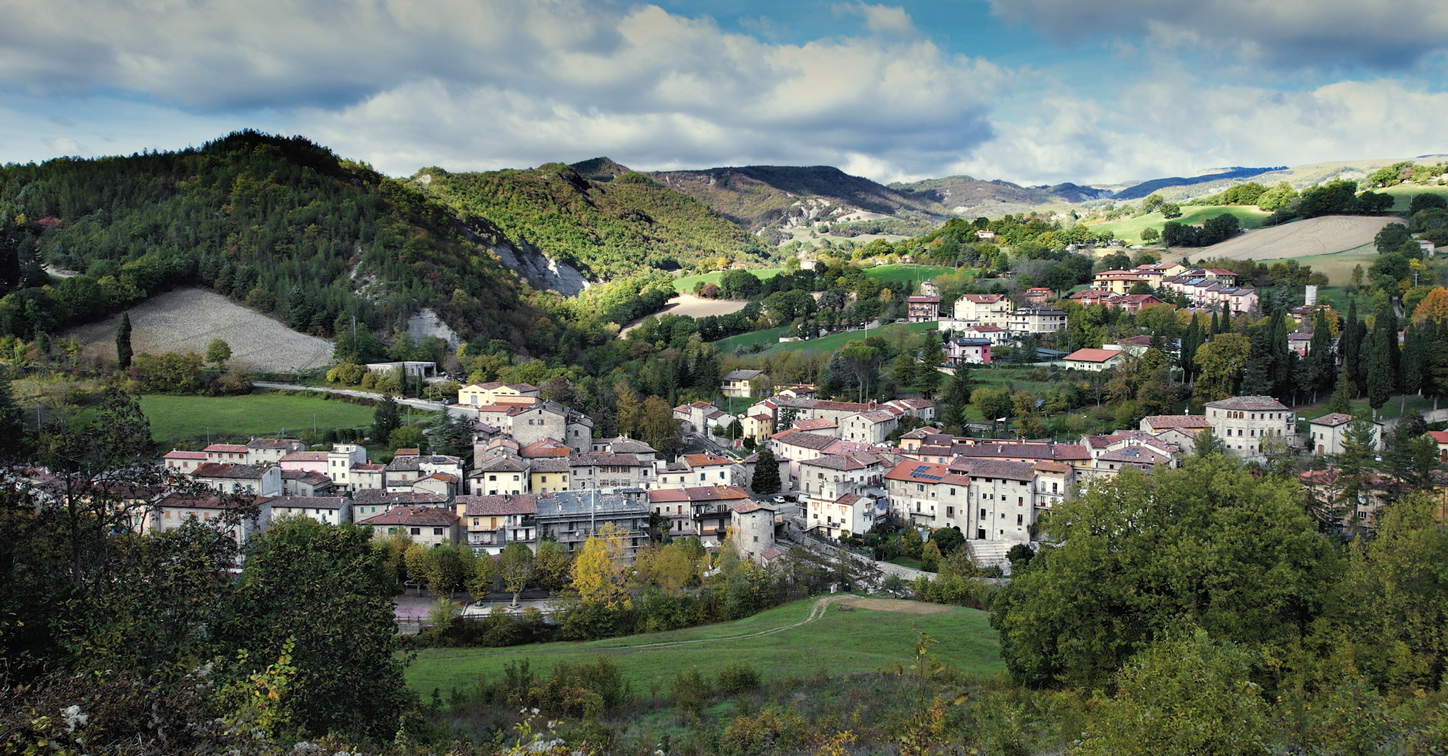
8. The Hermitage of Montecasale
Located in the municipal territory of Sansepolcro, the Hermitage of Montecasale, hidden among the hills of the Valtiberina, is a medieval sacred place immersed in a natural environment of great value and has a rich history, linked to that of St. Francis. Founded in the 12th century by Camaldolese monks, in 1213 it was ceded by the bishop of Città di Castello to St. Francis, who frequented this place rich in spirituality for some time. It is, therefore, one of the oldest existing Franciscan convents, and today it is run by the convent community of Capuchins, who settled in Montecasale in the early 16th century, after receiving the hermitage from Pope Paul III in 1537. Montecasale, in addition to being a building that has retained its ancient appearance, is also a place of spiritual retreat and a pilgrimage point for those seeking moments of reflection and prayer, and the tranquility of the surrounding natural environment contributes to an atmosphere of peace and serenity.

9. Montauto Castle
Nestled in the woods of the Rognosi Mountains, the Castle of Montauto, recognizable by its massive rectangular structure with four round towers at the corners, is one of the oldest castles in the area and stands alone in the middle of a forest. It was the seat of the lords of Montauto, the Barbolani, who maintained their prerogatives over the fief of Montauto until 1815, and still dwell in the building, which was later renovated in the Renaissance period to become a small but comfortable residence. It is located in the municipal territory of Anghiari and occupies the top of a hill (Monte Acuto) 786 meters high: it can be reached by a hike through the woods (one of the most popular in the Valtiberina). History tells us that Saint Francis passed through here several times, giving his cassock in 1203 to Lord Alberto II Barbolani of Montauto, who kept it in the castle chapel until 1503.
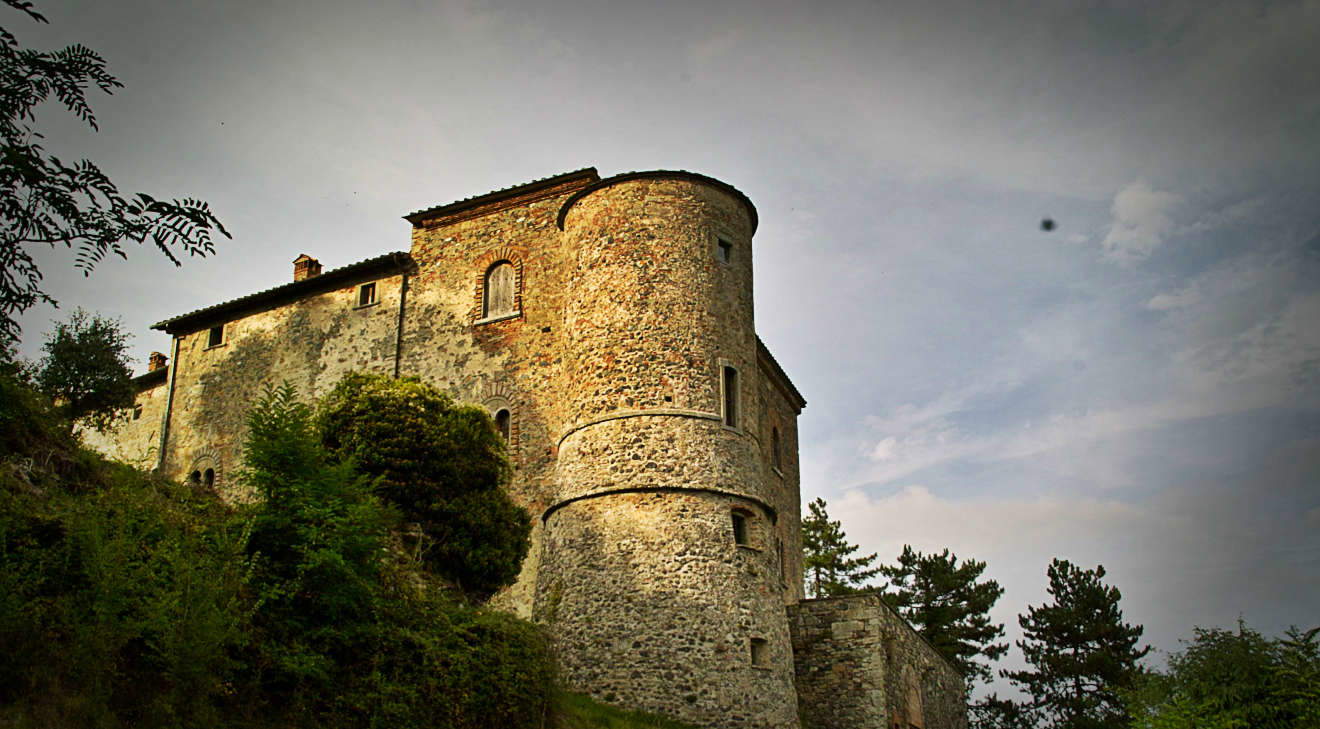
10. Nature parks
The Valtiberina is one of the greenest areas in Tuscany, with its hills, side valleys, meandering rivers and small medieval villages rising on scenic hills. The region is home to three parks and nature reserves that contribute to the preservation of its natural beauty and biodiversity: the Monti Rognosi Regional Nature Reserve, the Golena del Tevere Protected Nature Area, and the Alpe della Luna Nature Reserve, all with different characteristics (the rugged and barren landscapes of the Monti Rognosi, the floodplain of the Golena del Tevere, and the dense forests of the Alpe della Luna), but all suitable for relaxing and enjoying nature. The presence of these parks helps to preserve the region’s flora and fauna: even rare species can be spotted along hiking trails that not infrequently offer spectacular views. Moreover, in these parks, agriculture is a key element that contributes not only to the local economy but also to maintaining the traditional landscape of the region.
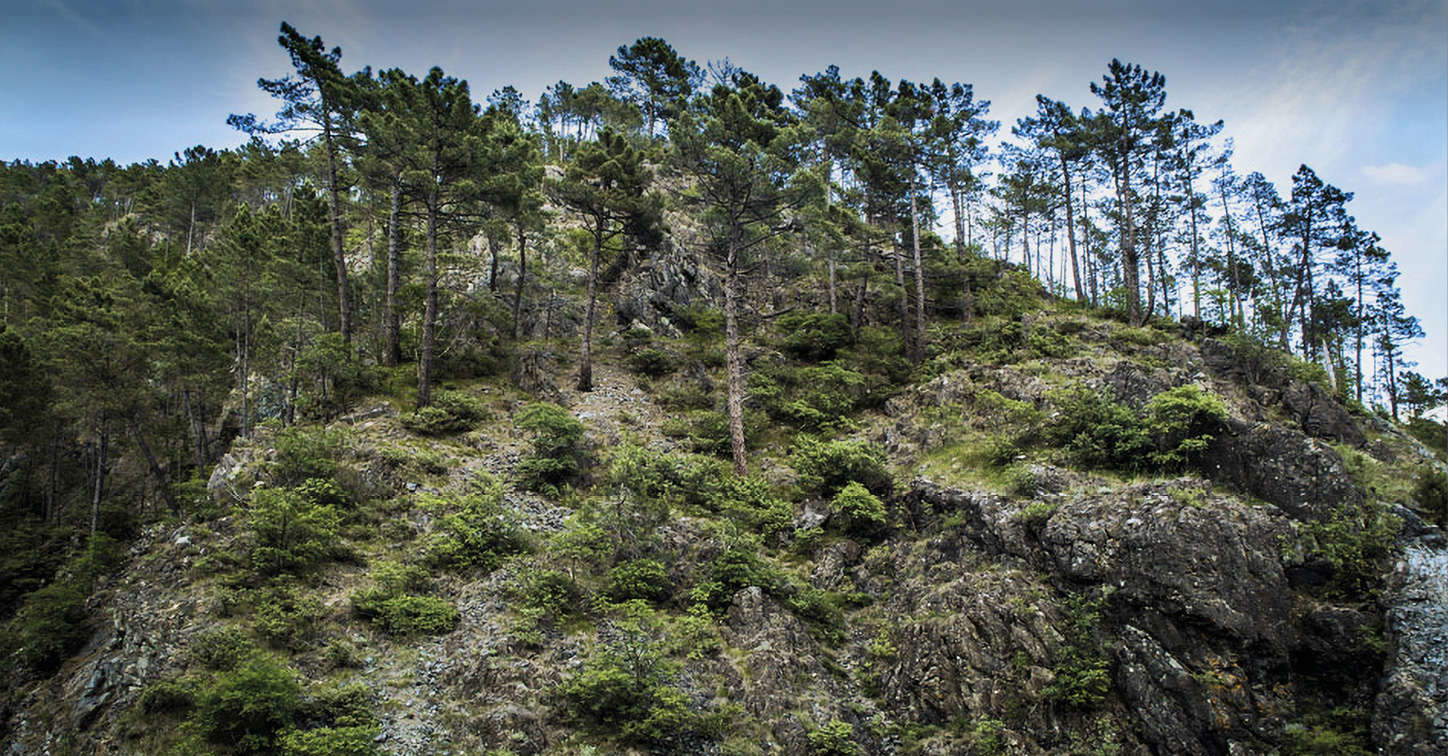
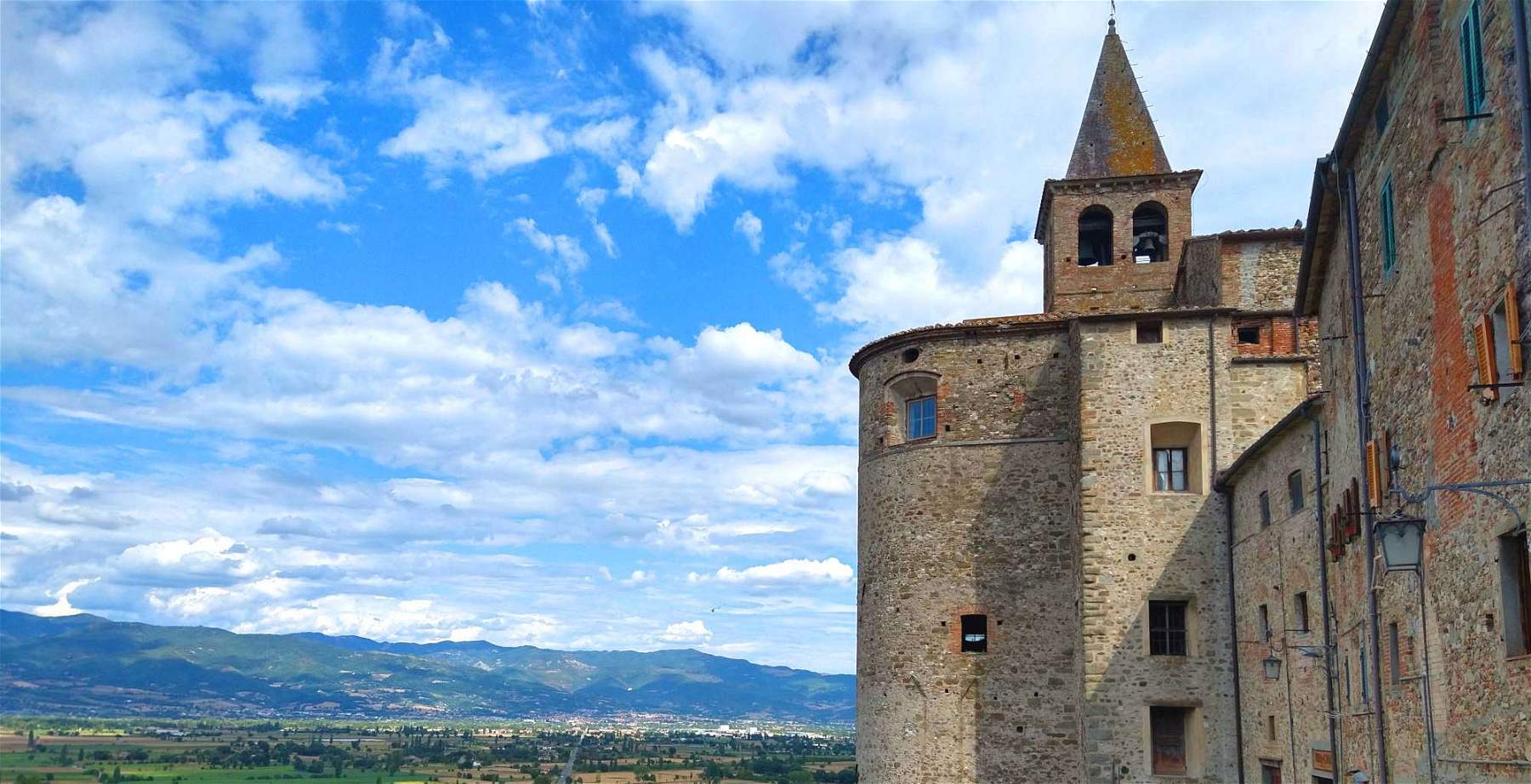 |
| Tuscan Valtiberina, what to see: 10 places not to be missed |
Warning: the translation into English of the original Italian article was created using automatic tools. We undertake to review all articles, but we do not guarantee the total absence of inaccuracies in the translation due to the program. You can find the original by clicking on the ITA button. If you find any mistake,please contact us.




























